
We insulate the car battery for winter
Content
With the onset of cold weather, most motorists face the same problem. The car, which has stood all night in the cold, either starts up with great difficulty in the morning, or does not even show "signs of life" at all. The problem is that at low temperatures, the mechanisms begin to work with great difficulty (the lubricant has not yet warmed up, so it is thick), and the charge of the main power source drops significantly.
Let's take a look at how to conserve battery power so that it will last the next morning without having to frequently remove the battery for recharging. We will also discuss several options for warming the battery.
Why do you need battery insulation?
Before considering the common ways to protect a battery from hypothermia, let's pay a little attention to the question of why this element may need insulation. A bit of theory.

Everyone knows that a battery generates energy due to the chemical processes that take place in it. The optimum temperature for this is between 10 and 25 degrees Celsius (above zero). The error may be around 15 degrees. Within these limits, the power supply copes well with loads from consumers, recovers its charge faster, and also takes less time to recharge.
The chemical process slows down as soon as the thermometer drops below zero. At this point, with each degree, the battery capacity decreases by one percent. Naturally, charge / discharge cycles change their time intervals. In cold weather, the battery is discharged faster, but it takes more time to gain capacity. In this case, the generator will work longer in intensive mode.
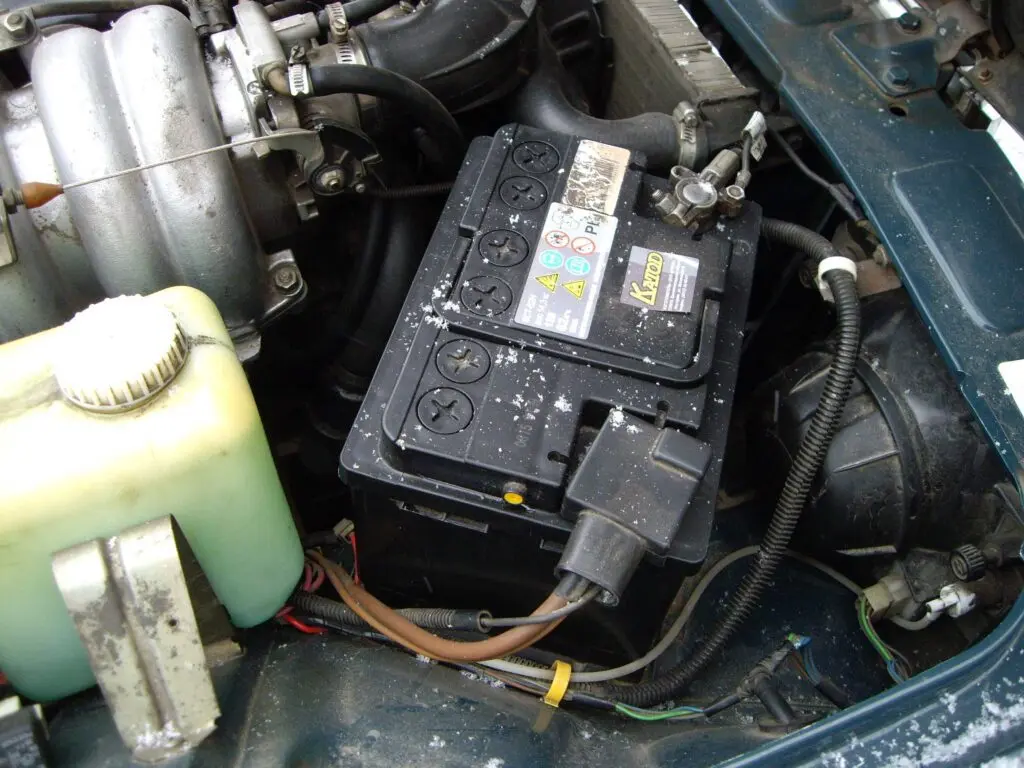
In addition, in winter, a cold engine requires more energy to start. The oil in it becomes viscous, which makes it difficult to turn the crankshaft. When the car starts up, the engine compartment gradually begins to heat up. It takes a long trip for the electrolyte temperature in the jars to rise. However, even if the car warms up well, due to the accelerated heat transfer of metal parts, the engine compartment begins to cool down quickly as soon as the car stops and the engine is turned off.
We will also briefly touch on exceeding the maximum temperature limit. These conditions also negatively affect the production of electricity, or rather, the condition of each lead plate. As for the serviced modifications (for more details about the types of batteries, see here), then the water evaporates more intensively from the electrolyte. When the lead material rises above the acidic level, the sulfation process is activated. The plates are destroyed, which not only affects the capacity of the device, but also its working resource.
Let's go back to the winter operation of batteries. To prevent the old battery from overcooling, some motorists remove it and bring it into the house for overnight storage. So they provide a stable positive electrolyte temperature. However, this method has several disadvantages:
- If the car is parked in an unguarded parking lot, then without a power source there is a high probability that the vehicle will be stolen. Alarms, immobilizers and other anti-theft electrical systems most often operate on battery power. If there is no battery, then the vehicle becomes more accessible to the hijacker.
- This method can be used on older vehicles. Modern models are equipped with on-board systems that require constant electricity to maintain settings.
- The battery is not easily removable in every vehicle. How to do this correctly is described in separate review.

So, winter requires more attention to battery health. To keep the heat, and with it the properties of the power source, many motorists use insulation either of the entire engine compartment or separately. Let's consider several options for how to insulate the battery so that it continues to generate high-quality electricity even in frosty weather when the car is parked.
How can you insulate a battery?
One option is to use ready-made insulation. The market for car accessories offers many different products: thermal cases and auto blankets of different sizes and modifications.
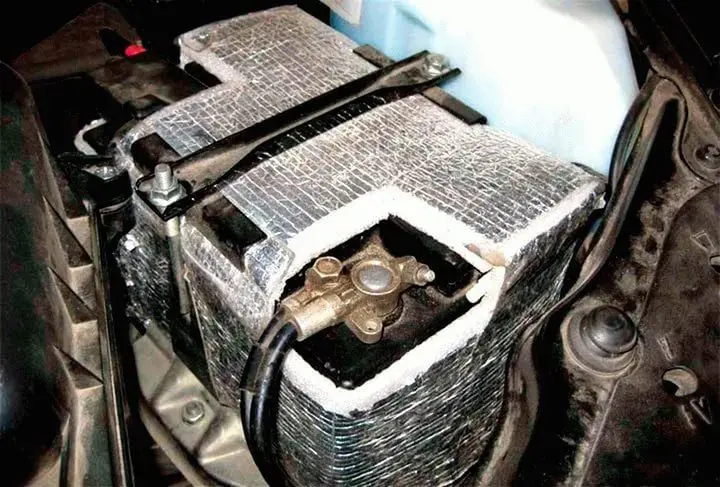
The second solution is to make an analogue yourself. In this case, you need to select the appropriate fabric so that it does not deteriorate in case of accidental contact with technical fluids (not every motor is perfectly clean).
Let's consider first the features of the finished product.
Thermocases
The rechargeable thermal case is a battery case made of a material that prevents the device from cooling down quickly. The product has a rectangular shape (its size is slightly larger than the battery itself). There is a lid on top.
For the manufacture of these covers, a thermal insulating material is used, which is sheathed with a special fabric. The thermal layer can be made of any insulation (for example, polyethylene with foil as a thermal shield). The cladding material is resistant to aggressive action of acidic and oily liquid, so that it does not collapse when water evaporates from the electrolyte or when antifreeze accidentally gets on the surface.
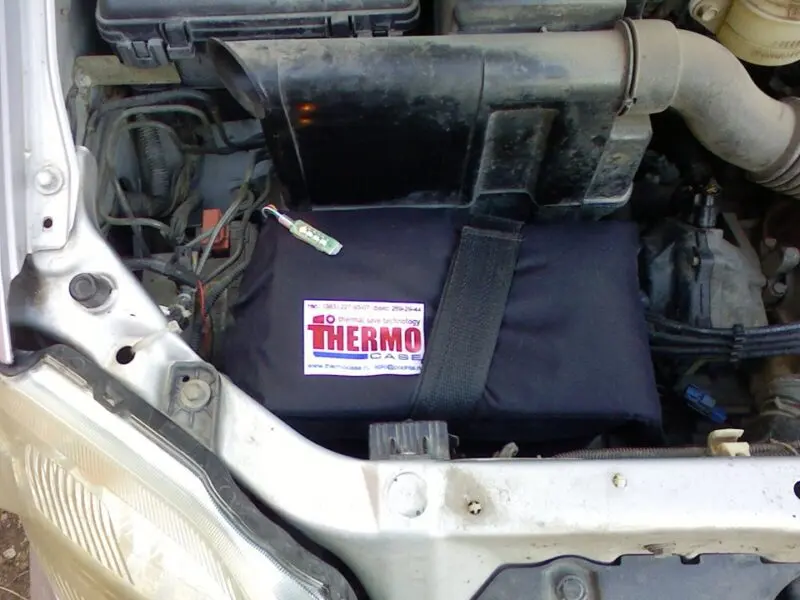
To prevent wet weather from affecting the operation of the battery, the fabric has moisture-proof properties. This protects against accelerated formation of oxidation at the terminals of the device. The cost of such covers will depend on the size of the battery, as well as on what kind of insulation and upholstery the manufacturer uses. A high-quality insulation case can be purchased for about 900 rubles.
Thermo cases with heating
A more expensive option is a thermal case in which a heating element is installed. It is made in the form of a plate located around the perimeter, as well as at the bottom of the cover. In this form, heating of a larger area of the body is provided in comparison with heating elements. Also, the heating element heats up only one part of the contact area more strongly, which increases the likelihood of a fire.

Most of these heaters have controllers that record the battery charge level, as well as its heating. The cost of such devices will start from 2 thousand rubles. It is worth considering that most of the heating elements will only work when the motor is on. Otherwise, when the car is parked for a long time, the heaters can discharge the battery.
Using an auto blanket
Another possibility to insulate the battery is to purchase or make your own car blanket. This is the thermal insulation of the entire engine compartment. It is simply placed on top of the engine before leaving the car overnight.
Of course, in this case, the cooling will occur faster compared to the methods mentioned above, because only the upper part of the space is covered, and the surrounding air is cooled by ventilation from under the machine.
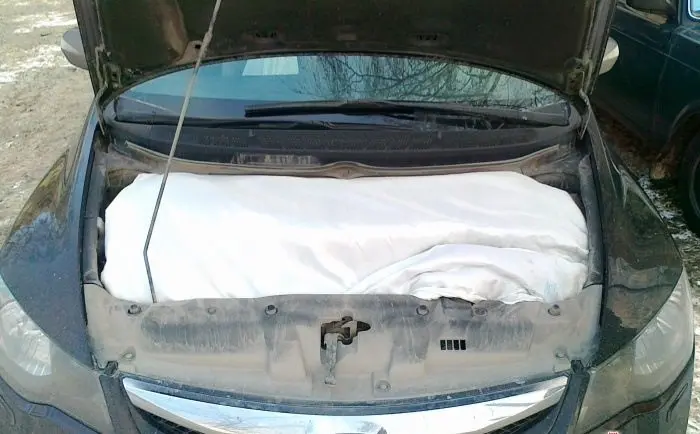
True, this method has several advantages:
- The fluid in the cooling system retains its heat, which, with a slight minus in the ambient air, will accelerate the engine warming up the next morning;
- When the motor is covered with the power source, the heat from the unit is retained under the hood, due to which the battery heats up and starts to work like in summer;
- Of course, the cooling rate of the engine compartment depends on the temperature range at night.
The use of a thermal blanket in a car is much inferior to thermal cases (especially to modifications with heating). In addition, during daytime operation, this additional element will constantly interfere. You cannot put it in the salon, because it may have stains of oil, antifreeze and other technical fluid for a car. If goods are transported in a car, then the overall blanket in the trunk will also take up a lot of space.
Production of a thermocase
The most budgetary option for preserving heat for a battery is to make a thermal case with your own hands. For this, absolutely any heat insulator (expanded polyethylene) is useful. The option with foil would be ideal for such a product. It can have a different name depending on the manufacturer.
There is nothing complicated in the procedure for making a cover. The main thing is that each wall of the battery is covered with material. It should be borne in mind that the foil is capable of reflecting a certain amount of heat, but the material must be placed inside with a screen, and not with a heat-insulating material.

Another factor that will affect heat retention is the thickness of the case. The larger it is, the less losses will be during storage of the battery. Although the wall thickness of one centimeter is enough for the battery temperature not to drop below -15оC for about 12 hours, subject to ambient frost at 40 degrees.
Since foamed polyethylene and foil can deteriorate in contact with technical fluids, the material can be sheathed with a special cloth. A cheaper option is to wrap the inner and outer parts of the insulation with tape.
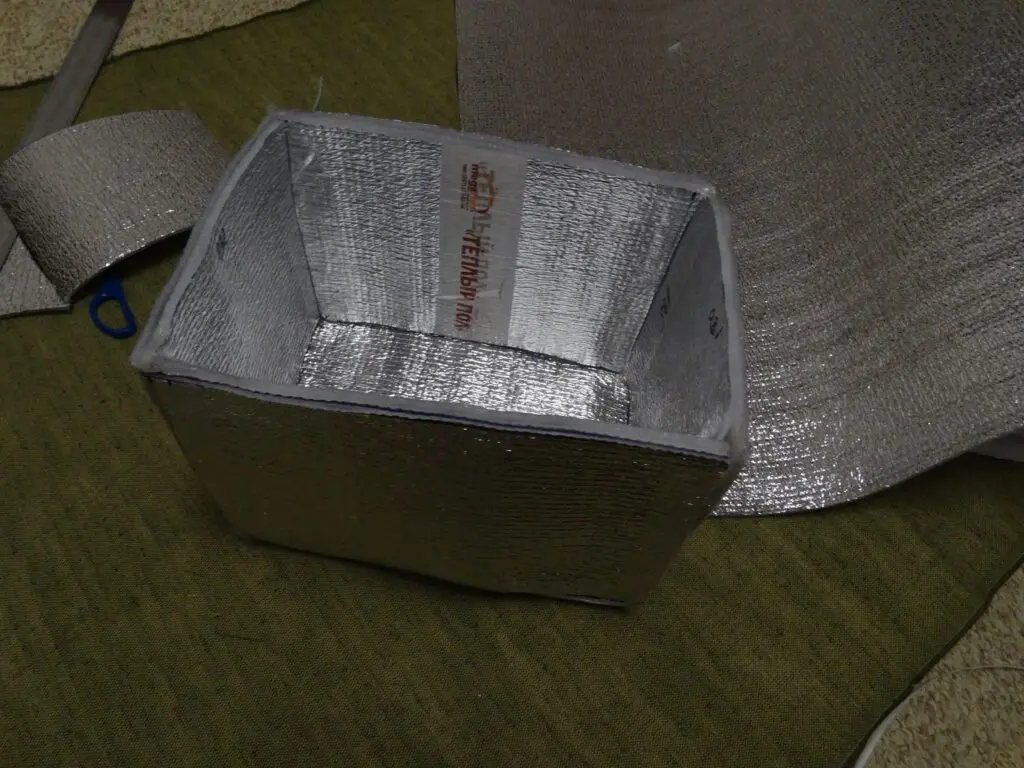
It is best if the homemade thermal case completely covers the battery. This minimizes heat loss during parking.
Does it always make sense to insulate the battery in winter
Battery insulation makes sense if the car is used in regions with cold winters. If the car drives every day in an area with a temperate climate, and the air temperature does not drop below -15оC, then only protection against cold air entering through the radiator grille may be sufficient.
If a car stands in the cold for a long time in winter, then no matter how insulated the power source is, it will still cool down. The only way for the electrolyte to heat up is from an external source (motor or heating elements of a thermal cover). When the vehicle is idle, these heat sources do not heat the battery walls.
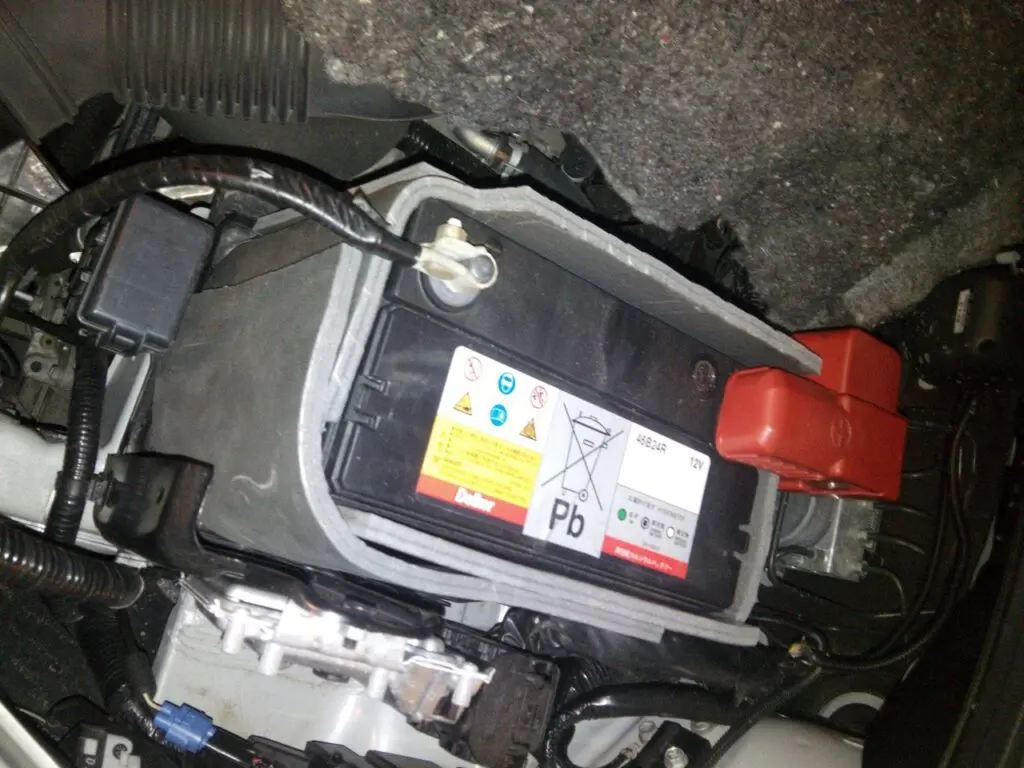
It is best to use a fully charged power source during winter. In this case, even if it loses its capacity by half, starting the motor is much easier than with a discharged analogue. When the vehicle is running, the alternator can recharge the battery for the next start.
Some motorists for the winter purchase a battery with an increased capacity to facilitate starting the internal combustion engine. For the summer, they change the power source to a standard one.
If you are planning a long trip during the cold period, then it is better to take care of the battery insulation, because the cold air flows cool it while driving. With garage storage or the ability to bring the battery into the house, this need disappears, since at room temperature the device will function normally.
Hack and predictor Aviator
So, whether to insulate the battery or not is a matter of personal decision. If we consider the most budgetary options, then self-manufacturing of a thermal cover is the most optimal way. With its help, you can take into account all the features of the shape of the device and the free space under the hood.
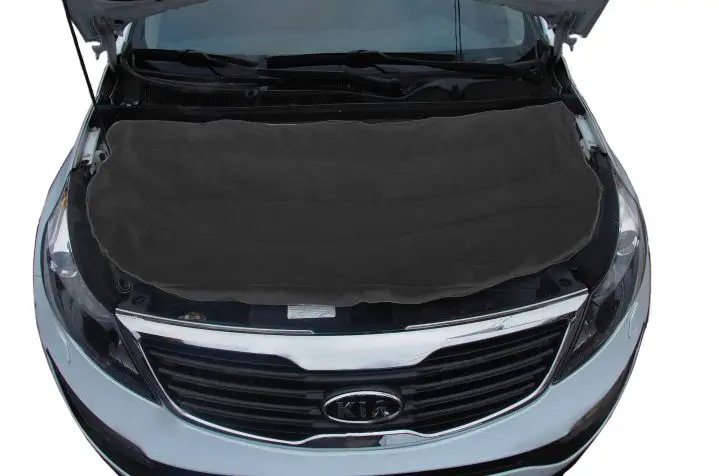
However, the model with a heater is ideal. The reason for this is that the cover insulates heat loss, but at the same time prevents the battery from heating up from other heat sources, for example, a motor. For this reason, a regular cover after a night of inactivity will only prevent the battery from heating up, which will make it difficult to charge.
As for the model with heaters, the device starts working immediately after starting the engine. The plates turn off as soon as the electrolyte heats up to 25 degrees above zero. When the element is turned off, the tremoprotection prevents heat loss. Despite the advantages, such cases have a significant drawback - a high-quality model will cost decent money.
If we consider the option with a car blanket, then it should be used only when the car is parked. The reason for this is that it is impossible to control to what extent the electrolyte in cans heats up.
The following video discusses the characteristics and operation of the warming thermal case:
Questions and answers:
Do I need to insulate the battery for the winter? The lower the electrolyte temperature, the poorer the chemical process that releases electricity. The battery charge may not be enough to crank the engine, in which the oil has thickened.
How to properly insulate the battery? To do this, you can use a thermal blanket for the motor and battery, make a thermal case from felt, foil insulation or foam. Each method has its own pros and cons.
What is the battery insulated for? Although the electrolyte consists of distilled water and acid, it can freeze in severe frosts (depending on the state of the electrolyte). In order for the process of generating electricity to take place, the battery is insulated.